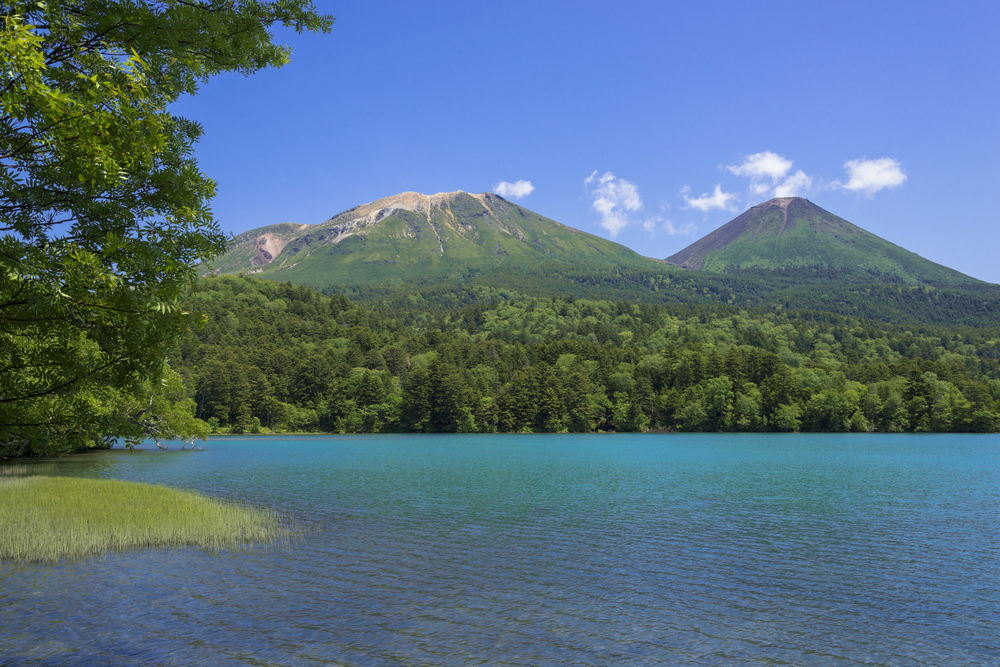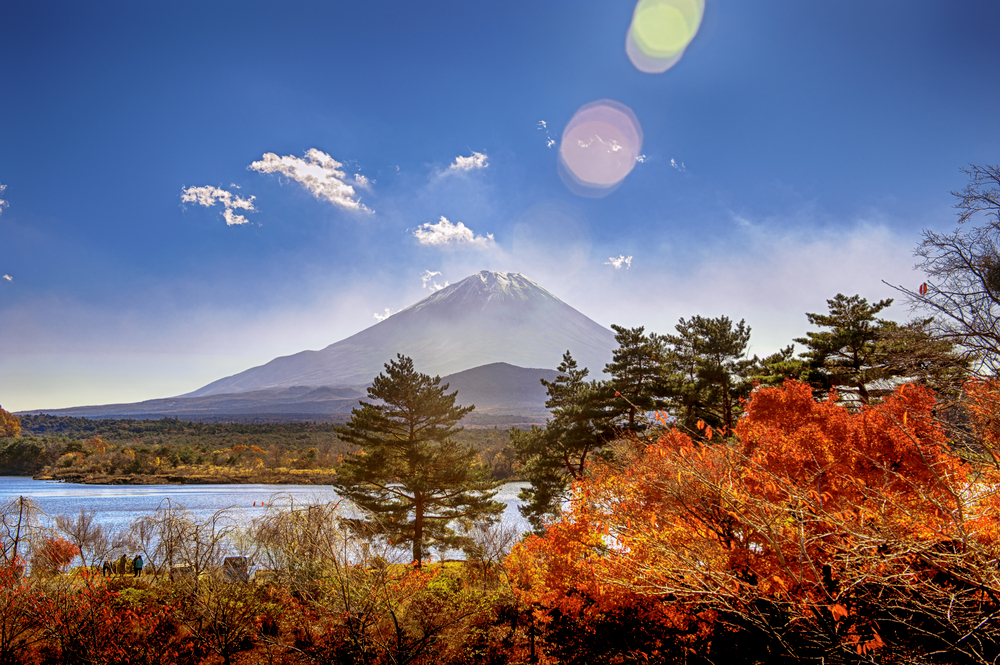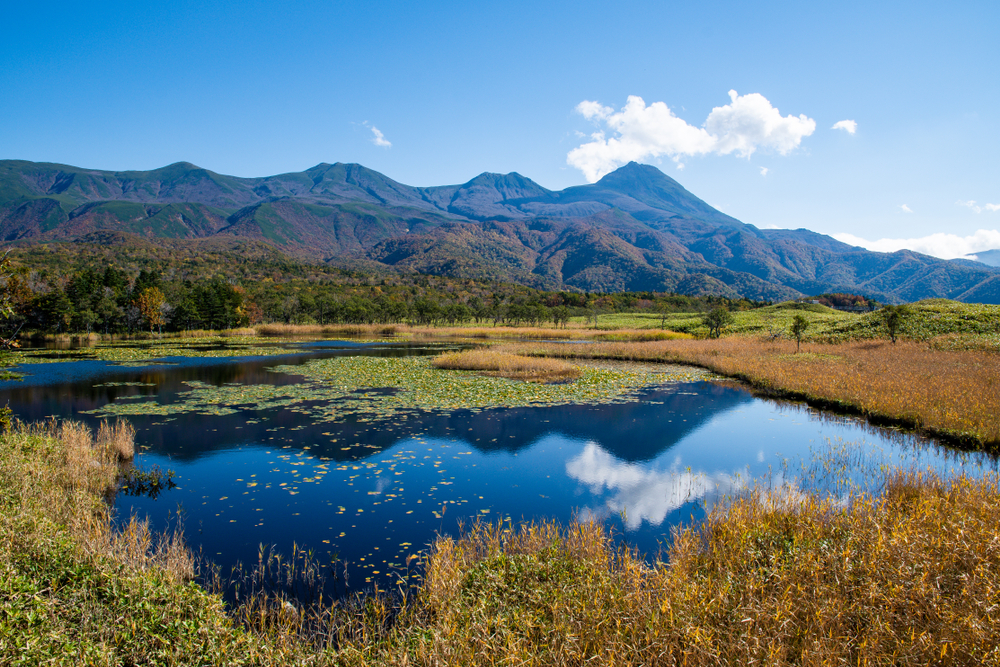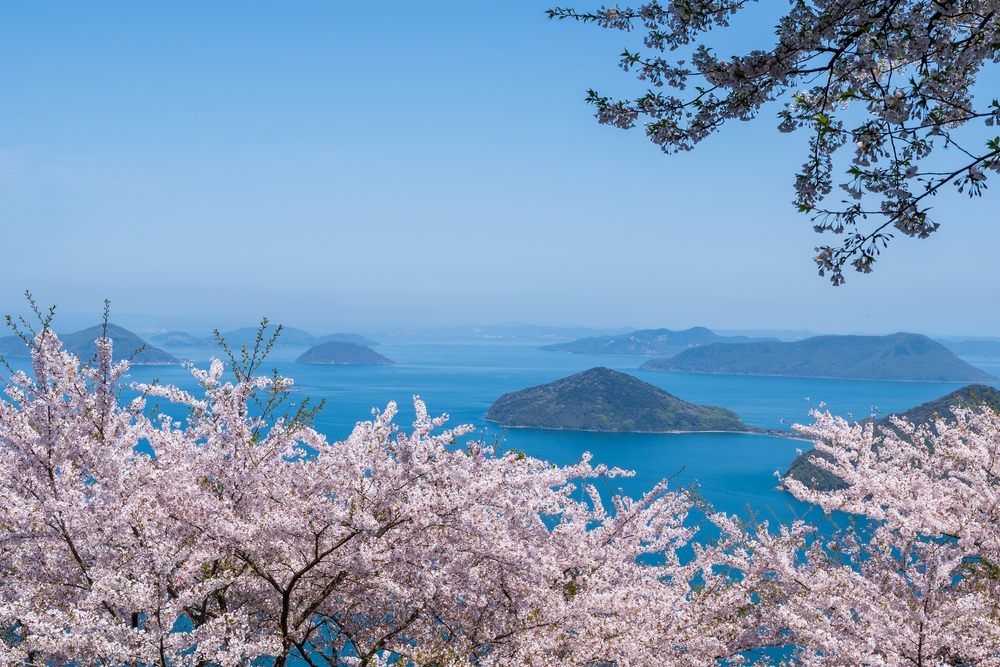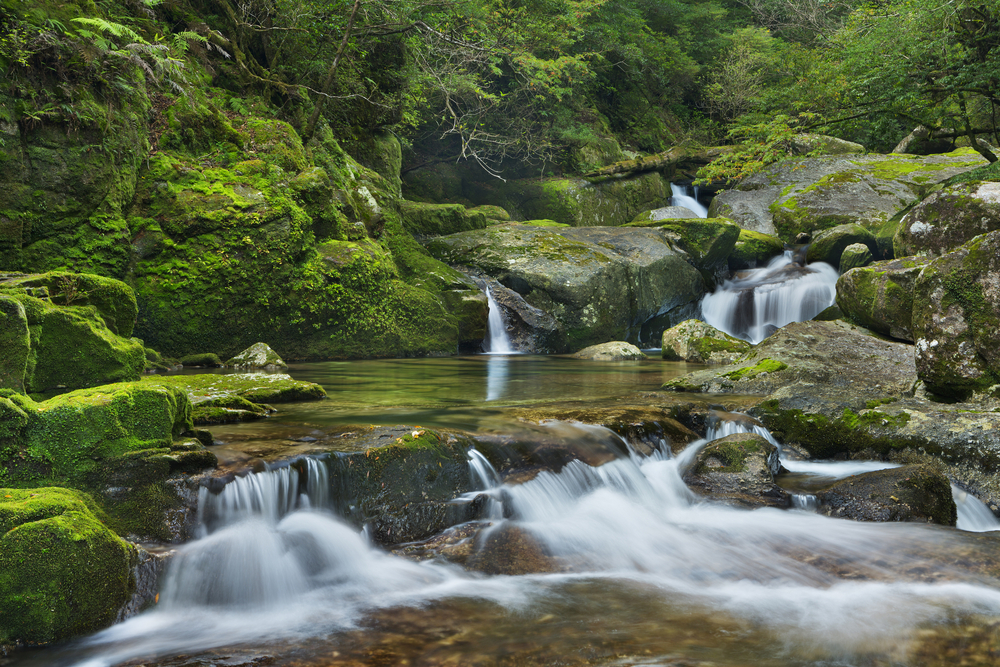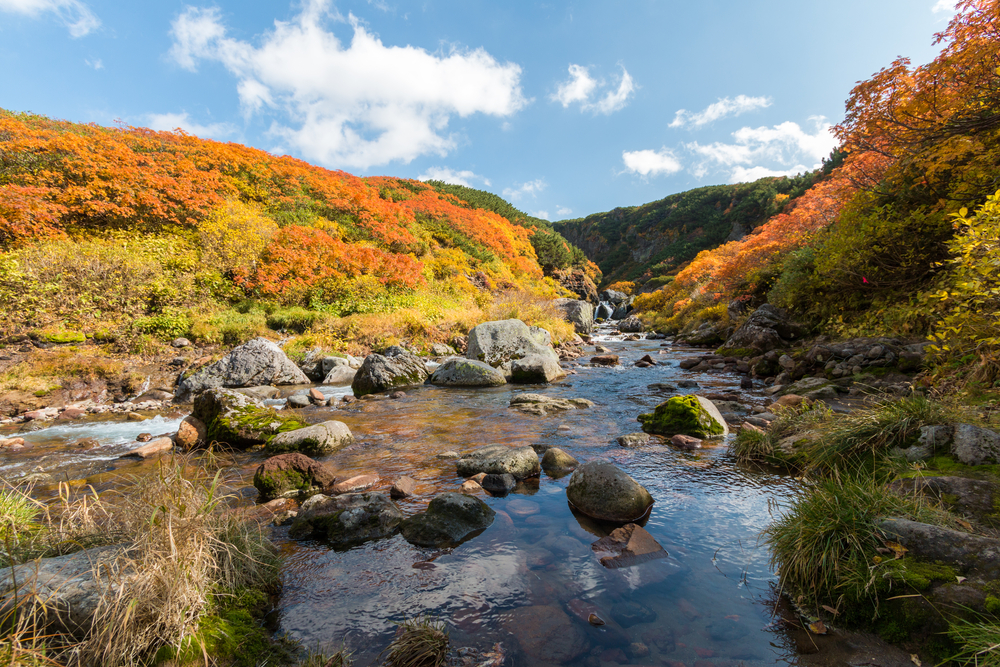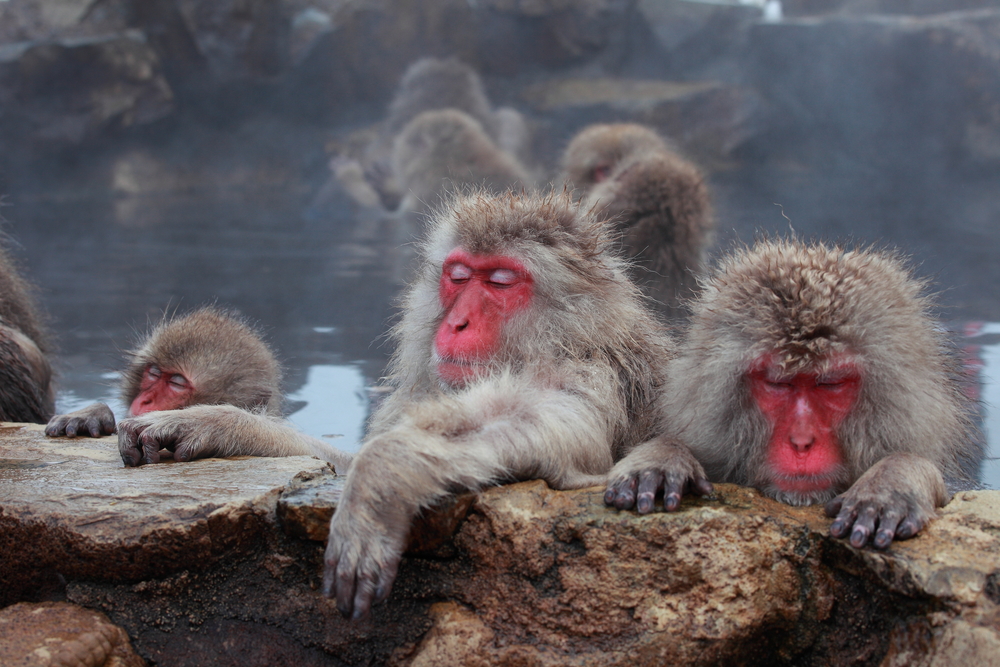Akan-Mashu Overview
Akan-Mashu National Park, or 阿寒摩周国立公園 (Akan-Mashu Kokuritsu Kōen) in Japanese, spans 349.9 square miles (906 square kilometers) in eastern Hokkaido, Japan. This stunning park is renowned for its pristine volcanic landscapes, serene crater lakes, dense forests, and geothermal wonders. It offers visitors a glimpse into Japan’s untouched natural beauty, with features that blend geological drama and tranquil ecosystems.
The park’s highlights include Lake Akan, Lake Mashu, and Lake Kussharo, each boasting distinctive characteristics. Lake Mashu, in particular, is celebrated for its remarkable clarity and often shrouded mist, earning it the nickname “the misty lake of the gods.” Surrounding these lakes are rugged volcanic peaks such as Mount Oakan and Mount Meakan, which add to the area’s dramatic vistas.
The terrain of Akan-Mashu National Park is a mosaic of volcanic calderas, alpine meadows, and dense, mixed forests. The forests are primarily composed of Japanese oak, Sakhalin fir, and Erman’s birch, interspersed with vibrant seasonal wildflowers that blanket the meadows. Thermal activity is evident in the numerous hot springs and fumaroles scattered throughout the park, with bubbling mud pools like Bokke located along the shores of Lake Akan. The park’s unique landscapes are also home to rare and culturally significant plant species, such as the marimo, a green algae that forms spherical clusters and thrives in Lake Akan. These marimo are highly revered and symbolize the ecological and cultural richness of the region.
The wildlife in Akan-Mashu National Park is equally diverse, providing a sanctuary for iconic Japanese species. Among the mammals, visitors may spot the elusive Hokkaido brown bear, Ezo deer, and red fox, each playing a crucial role in the park’s ecosystem. Birdwatchers are in for a treat with sightings of white-tailed eagles, black woodpeckers, and various species of waterfowl that inhabit the park’s lakes and wetlands. The dynamic interaction between the flora and fauna creates a vibrant ecosystem that captivates both scientists and nature enthusiasts.
Popular highlights include the serene hot spring towns of Akanko Onsen and Kawayu Onsen, where visitors can relax while surrounded by breathtaking natural beauty. Trails leading to viewpoints such as Bihoro Pass or the Mashu Third Observatory offer panoramic vistas of the crater lakes and surrounding landscapes. Cultural experiences are also integral, with opportunities to engage with the indigenous Ainu culture at Lake Akan, where traditional crafts, music, and cuisine offer a deeper understanding of the region’s heritage.
Visitors can explore the park through a network of hiking trails that range from leisurely lakeside walks to challenging mountain climbs. Canoeing, kayaking, and wildlife observation are popular activities on the lakes, while winter transforms the area into a haven for snowshoeing and cross-country skiing. Guided tours focusing on the geology, ecology, and cultural history of the region enhance the experience for those seeking a deeper connection with this remarkable landscape.
Akan-Mashu National Park faces conservation challenges, including the impact of invasive species, climate change, and human activity. However, effective management strategies have led to significant successes in preserving its unique biodiversity and cultural heritage. Efforts to protect the marimo, in particular, have garnered global attention, symbolizing the importance of sustainable practices in preserving natural wonders.








































































